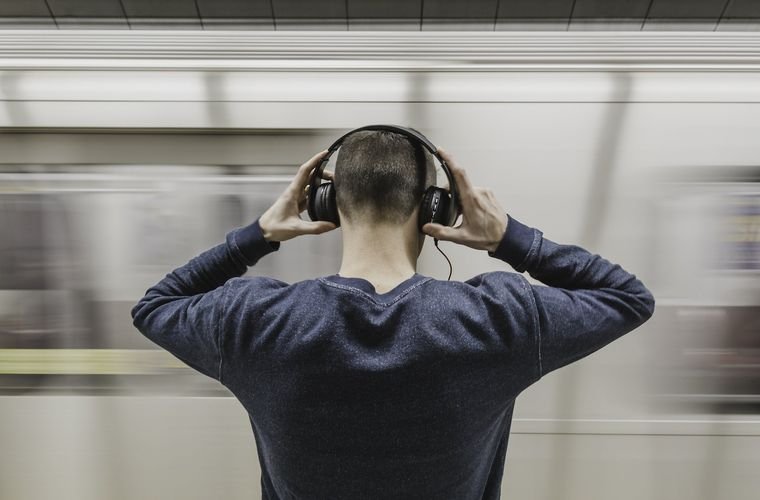Whether it’s to show someone you’re busy, block out background noise, or jam out while exercising, headphones allow us to customize the sounds of our lives. With them, a listener may perceive their surroundings differently, as well as see a change in their thinking patterns.
In a recent study from the University of California, San Diego psychologists found that headphone wearers have a more favorable opinion of voices within the earbuds than outside of them.
Background: An Overture of Headphone Use
Headphones were first created in 1891 to allow telephone operators to have their hands free to operate switchboards. Since then, technology has come a long way, with around 87% of consumers using headphones to listen to music. Predicted to reach $26.1billion by 2019, the market for these devices has grown significantly since then due to COVID-19. With at-home working, headphone use allows for better privacy. Most listeners tend to use Bluetooth headphones, a trend that will continue to increase as the earbuds continue to get sleeker and more comfortable. While headphone use becomes part of a daily routine for many individuals, the psychological effects of this technology are still being studied, with some interesting results.
Analysis: The Psychology of Headphones
In looking at how a user perceives reality while wearing headphones, scientists from UC San Diego, the University of California Los Angeles, and the University of California Berkeley collaborated to develop a series of psychological surveys. One survey had over 800 participants listen to a story from an individual about how her parents tragically died due to a distracted driver. The individual then spoke about the dangers of texting while driving. Half of the participants listened to the story via headphones while the other half of participants listened via loudspeakers. After the study, the researchers found that headphone listeners found the story more persuasive than those listening on loudspeakers.
The reason for this persuasiveness could be due to a special psychological phenomenon. According to co-author of the study, professor On Amir of Us San Diego: “We find that headphones produce a phenomenon called in-head localization, which makes the speaker sound as if they’re inside your head.” This makes the speaker seem more relatable and causes the listener to feel more empathetic toward them.
Outlook: Persuasion and Advertising
This persuasiveness via headphone use has big implications, especially for the radio and podcasting industry. Both mediums spend huge amounts of money on advertising, with podcast advertising predicted to reach $2 billion by 2023. For those developing ads that pull at a listener’s emotions, designing the ad for a headphone platform, such as a podcast or radio drama, is essential.
The information from this study also is essential for virtual learning. “Organizations may consider this research when designing their training or webinars,” explained associate professor at UC Berkeley, Julia Schroeder. “For example, managers might encourage employees to listen to safety training or webinars using headphones, which may more effectively change their attitudes and behaviors, compared to listening via speakers.”
Kenna Castleberry is a staff writer at the Debrief and the Science Communicator at JILA (a partnership between the University of Colorado Boulder and NIST). She focuses on deep tech, the metaverse, and quantum technology. You can find more of her work at her website: https://kennacastleberry.com/

